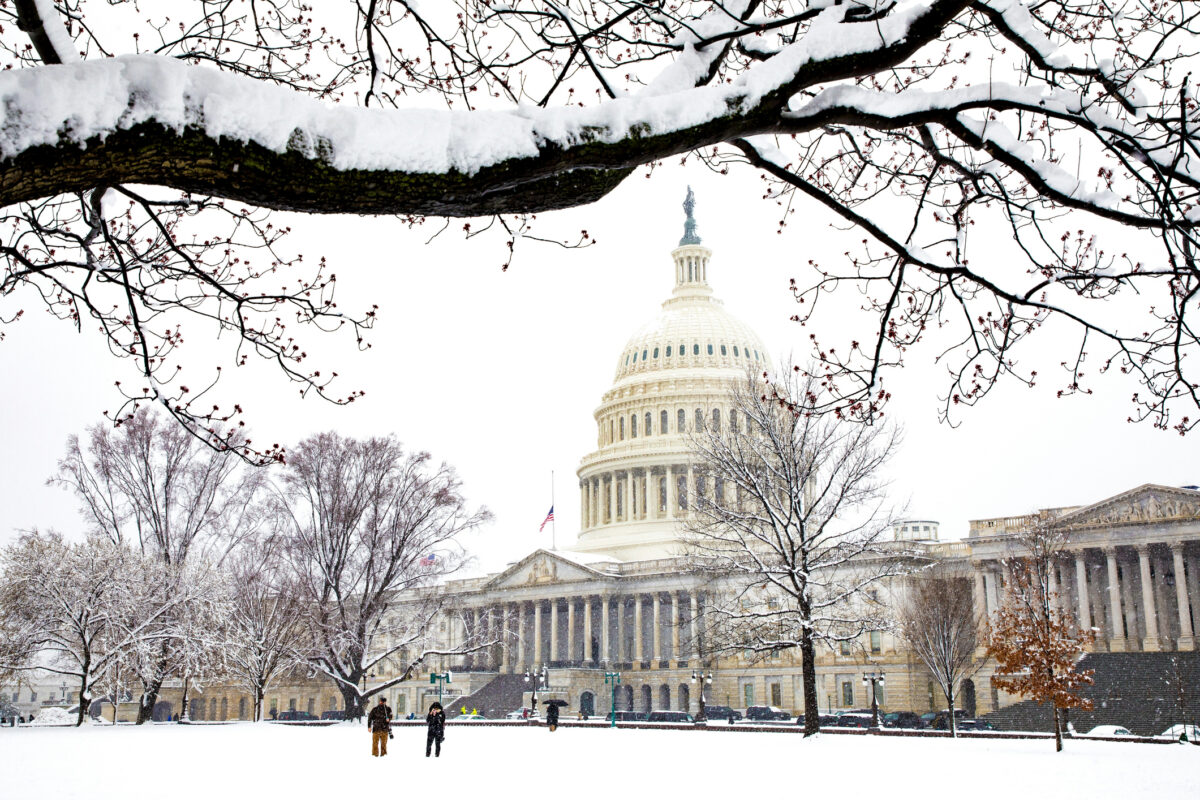New IHEP Policy Brief Outlines Blueprint for Creating a Postsecondary Student-Level Data Network
Published Oct 17, 2017
The Institute for Higher Education Policy (IHEP) today released a new policy brief detailing the technical, operational and governance considerations for creating a secure, privacy-protected student-level data network – a streamlined system that would help students, college leaders and policymakers answer basic questions about student outcomes in our higher education system.
The policy brief, A Blueprint for Better Information: Recommendations for a Federal Postsecondary Student-Level Data Network, outlines how a secure student-level data network managed by the National Center for Education Statistics (NCES) and informed by data already held by federal agencies can yield more timely, high-quality and complete information about outcomes for today’s postsecondary students.
“Our colleges and universities are entrusted with providing academic opportunities that prepare students for success in the classroom and beyond,” said IHEP President Michelle Asha Cooper, Ph.D. “But inequities in college access and success still persist in our higher education system. Our existing data systems fall short in giving policymakers and institutions the tools they need to achieve strong outcomes and effectively address equity gaps.”
Currently, all postsecondary institutions participating in the Title IV programs must report institution-level data to NCES through the Integrated Postsecondary Education Data System (IPEDS). These data shed some light on student access, progression, completion, and price, but fail to answer many pressing questions for students, policymakers, and institutions. Separate data systems within other federal agencies also house important data, such as workforce outcomes or information on students receiving military and veterans’ benefits, but remain separate from IPEDS.
“This disjointed infrastructure yields piecemeal and incomplete information,” said Mamie Voight, IHEP vice president of policy research and co-author of the policy brief. “By creating a more robust postsecondary data infrastructure, a student-level data network can begin to paint a more complete picture of student outcomes in our postsecondary system.”
An advisory committee comprised of private and government data system design, postsecondary education, and privacy and security experts provided strategic guidance and informed the policy recommendations detailed in the brief.
“A well-designed, well-governed and well-protected postsecondary data system is the cornerstone to more informed decision-making within our higher education system,” said Advisory Committee Chair Matthew Soldner, Ph.D., and principal researcher at American Institutes for Research. “IHEP has provided a thoughtful framework for designing a system that would be a gamechanger in postsecondary education.”
The brief includes specific recommendations in three primary categories that serve as guideposts for federal agencies to create and maintain an SLDN:
- Privacy and security principles, including limited access, data minimization, and other leading protocols, are the foundation of a successful infrastructure.
- Data governance strategies guarantee that NCES convenes a diverse data governance team that institutes best practices during the development and maintenance of the system.
- Operations and capacity requirements ensure that NCES has the capacity and authority to create and maintain a SLDN.
This policy brief builds on IHEP’s 2016 paper series, Envisioning the National Postsecondary Infrastructure in the 21st Century, a comprehensive set of targeted recommendations aimed at improving our national postsecondary data infrastructure. IHEP leads the Postsecondary Data Collaborative, an initiative to advocate for the use of high-quality postsecondary data to promote student success and educational equity, evaluate and inform federal, state and institutional policies, and empower college choices.
Read the full brief here.


